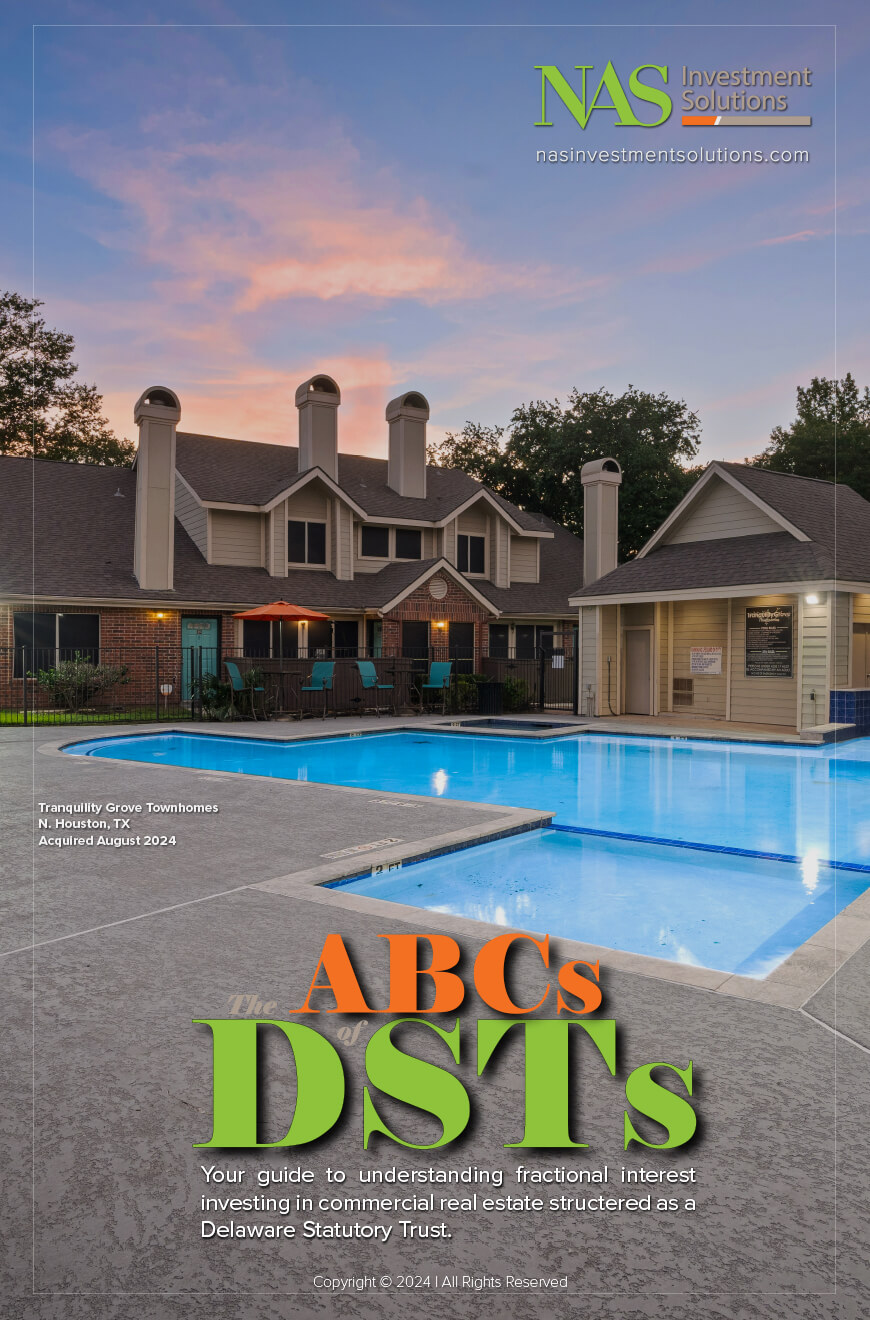Real estate investments range from conservative, passive income generating property to those that have a higher risk profile and require active management. The physical characteristics of property vary based on the length and term of existing leases, the credit quality of the tenants, and the condition and location of the real estate.
What is the difference between Value-Add and Class-A property?
Class-A property – also known as Core or Core Plus real estate – can be compared to blue-chip, dividend paying stocks in the market. They are investments that produce predictable income with a very low level of risk. Class-A real estate is investment grade property often owned by institutional investors and is leased to credit tenants on long-term leases.
On the other hand, Value-Add real estate is comparable to growth stocks found in the equity markets. Value-Add property carries a moderate to high level of risk. This type of real estate usually has little cash flow at acquisition but offers the potential for large amounts of income after value has been properly added.
Pros & cons of Value-Add Real Estate Investments
Compared to Class-A property, Value-Add real estate is more speculative in nature and requires superior, strategic planning by skilled investment property management.
Value-Add property often has:
- Occupancy issues caused by poorly structured leases to lower-quality tenants
- Property and asset management problems created by existing ownership
- Deferred maintenance & the need for capital improvements
- Or, a combination of all of the above
The upside to investing in Value-Add real estate is the potential return and re-positioning the building as a Class-A property. Assuming everything goes right, Value-Add investors often see greater annualized yields.
Pros & cons of investing in Class-A real estate
Class-A property is a close as an investor can get to truly passive income when directly owning real estate. Similar to holding bonds or T-bills, these high quality real estate investments:
- Requires strategic monitoring of sub-market to avoid falling victim to loss of value. (No property can ever be put on a shelf and continue to perform optimally)
- Have property values with a minimum amount of volatility
- Generate stable and consistent income streams
Examples of a Class-A real estate investment would be a full leased trophy office building in a primary market or a net-leased distribution facility located near the airport of a rapidly growing secondary market. In exchange for the reduced risk of Class-A real estate investments and the predictable cash flow streams, investors accept slightly lower annualized returns.
Is Value-Add or Class-A better for a Self-Directed real estate IRA?
People saving for retirement often turn to Self-Directed real estate IRAs as an alternative to publicly traded REITs or real estate ETFs. Owning real estate in a Self-Directed IRA is a good way to diversify a retirement portfolio, create generational wealth, and grow the value of the IRA through retained property income combined with real estate appreciation.
Direct real estate investments in a Self-Directed IRA
Real estate in any asset class may be used for direct investment in an IRA:
- Residential property: single family, multifamily, large apartment buildings
- Commercial property: office space, shopping centers, warehouses, and distribution centers
- Special use property: self-storage facilities, senior living centers, and student housing
- Land: farm & ranch land, raw or undeveloped land
- Debt instruments: real estate notes, mortgage notes, and trust deeds
Basic rules for Self-Directed IRAs for real estate
Self-Directed IRAs are heavily regulated. Investors who own real estate in a Self-Directed IRA must adhere to what are often called the “prohibited transactions rules”. Violating these rules results in the loss of the IRA’s exempt status, a tax bill due for the entire amount invested, plus a 10% penalty:
- Investors – including disqualified persons such as family members and controlled business entities – cannot receive any personal benefit from the property such as using it or living in it
- All of the costs associated with the property must be paid for with funds out of the IRA, and investors who don’t have enough cash in their IRA to cover negative cash flow or a major property expense will find themselves in a difficult situation
- Any type of work related to the property – including repairs, updating & renovating, leasing, and property management – must be done by an independent third party and not through the investor’s sweat equity which is a prohibited transaction
Why Value-Add real estate isn’t the best choice for Self-Directed IRAs
It’s easy to see how investing in Value-Add real estate with a Self-Directed IRA can be problematic. The Value-Add investment strategy requires investors to be hands-on and actively participate in asset and property management. These two activities would automatically violate the prohibited transactions rules. People who invest in Value-Add property without being actively involved run the very real risk of value never being added, resulting in little or no cash flow and tepid appreciation.
Choosing between Class-A & Value-Add investment real estate
Owning income-producing investment real estate in a Self-Directed IRA offers distinct advantages that traditional retail investments like stocks and bonds, and even REITs, simply do not provide. When choosing between Value-Add and Class-A property, Class-A provides investors saving for retirement with a passive, middle-ground approach.
Class-A real estate is higher in quality, with stable and predictable income streams coming from credit tenants. When purchased through a Self-Directed IRA it can be a great way to diversify and grow a retirement portfolio while capturing the special tax benefits that IRAs provide.
Related Article: High Investment Yields May Be Fools Gold








